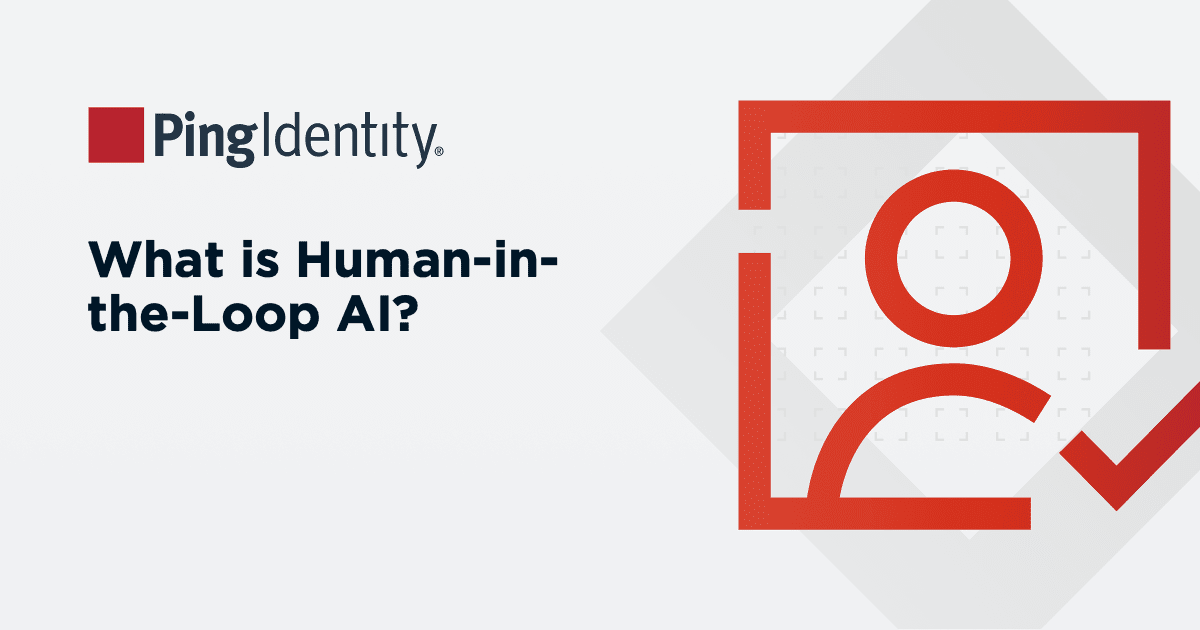Today’s healthcare relies on digital health ecosystems—a network of interconnected digital services. These ecosystems need to accommodate any type of user to support a variety of digital healthcare use cases and innovation. User types not only include consumers, providers, workforces, and partners, but also connected IoMT (Internet of Medical Things) such as remote patient monitoring (RPM) devices, wearables, and medical equipment. And now in the age of artificial intelligence, users also include AI sessions and agents. Digital health ecosystems also include cloud services and third-party partnerships and application programming interfaces (APIs).
Interoperability is a fundamental pillar within this intricate digital web. As healthcare systems evolve, the seamless exchange of health information across diverse digital ecosystems and stakeholders—such as providers, payers, pharmacies, patients/members—is critical. It’s been proven that shared data exchange improves care by informing clinical decisions that result in better patient outcomes.
Healthcare interoperability refers to the ability of different health information technologies to communicate, exchange, and use health information in a coordinated manner, both within and across organizational boundaries, in order to improve healthcare delivery. As discussed below, multiple regulations mandate interoperability. And achieving it is a complex endeavor. For example, interoperability relies on advanced cybersecurity capabilities, a standard called FHIR (Fast Healthcare Interoperability Resources) for data formats and APIs, legal agreements for data sharing, and governance models to manage the data exchange of medical records.
Interoperable systems are essential to optimize patient care and streamline healthcare delivery. Health information exchange across digital health ecosystems hinges on secure integrations and access management of clinical data, such as electronic health records (EHRs), across various information systems and interfaces. At the heart of this endeavor lies identity and access management (IAM). Healthcare IAM (also known as healthcare identity management) is a crucial component for both achieving healthcare data interoperability and complying with the regulations that mandate it.
Beyond Compliance: Using IAM to Surpass the Healthcare Interoperability Status Quo
Discover how advanced Identity and Access Management (IAM) enables not only interoperability compliance, but also improves healthcare top and bottom line.
Healthcare Interoperability Regulations and Mandates
To foster interoperability and improve public health, legislative measures have mandated the adoption of interoperability standards and promoted the reduction of information blocking within the healthcare industry. These regulations emphasize that the ability to securely exchange data across open, accessible, and interoperable health information systems is of utmost importance.
Key regulations involved with healthcare interoperability in the U.S. include:
21st Century Cures Act: Aims to enhance innovation and streamline the development and deployment of health technologies. It emphasizes the need for open access to electronic health information and prohibits information blocking.
Health Insurance Portability and Accountability Act (HIPAA): Sets standards for protecting patient health information, influencing how data is shared and exchanged across platforms securely.
HITECH Act (Health Information Technology for Economic and Clinical Health Act): Promotes the adoption and meaningful use of health information technology, significantly electronic health records.
Trusted Exchange Framework and Common Agreement (TEFCA): Aims to provide a single "on-ramp" to nationwide connectivity, ensuring secure and seamless data exchange across the healthcare system.
ONC Health IT Certification Program: Ensures that health IT meets established standards and functionalities, including interoperability requirements, to improve healthcare quality, efficiency, and patient safety.
ONC SMART on FHIR Requirement: An important part of the ONC’s 21st Century Cures Act, health IT certification now requires the use of SMART Health IT’s Substitutable Medical Applications Reusable Technologies (SMART) standard, and HL7’s Fast Healthcare Interoperability Resources (FHIR) standard, creating what’s known as SMART on FHIR.
SMART (Substitutable Medical Applications, Reusable Technologies) provides a framework for developing healthcare applications that can operate within various healthcare IT systems, ensuring these apps are interoperable and can access data as needed. FHIR (Fast Healthcare Interoperability Resources) is a standard describing data formats and elements (resources) for exchanging electronic health records (EHRs). Together, SMART on FHIR enables the creation of interoperable healthcare applications that securely access and work with data across different EHR systems, enhancing patient care and healthcare efficiency.
These regulations collectively aim to ensure that healthcare data is accessible, secure, and efficiently exchanged across different health IT systems, enhancing patient care and the healthcare system's overall efficiency.
To meet interoperability regulations and their unique mandates requires a unified healthcare identity management platform purpose-built for the complexities of enterprise healthcare organizations.
Read how healthcare IAM specifically addresses these interoperability regulations.


